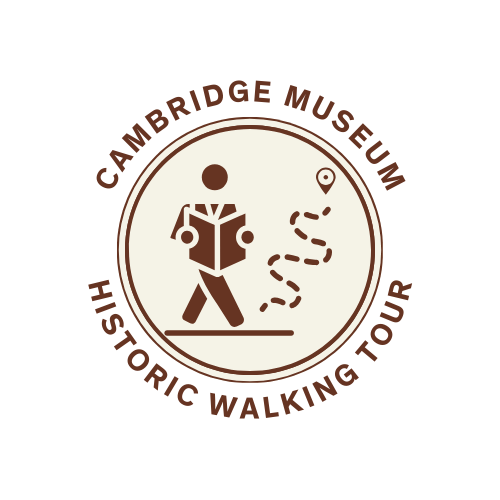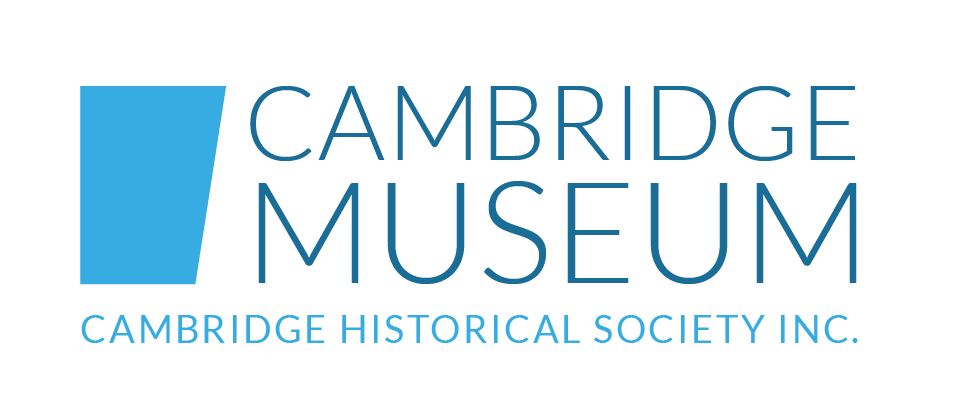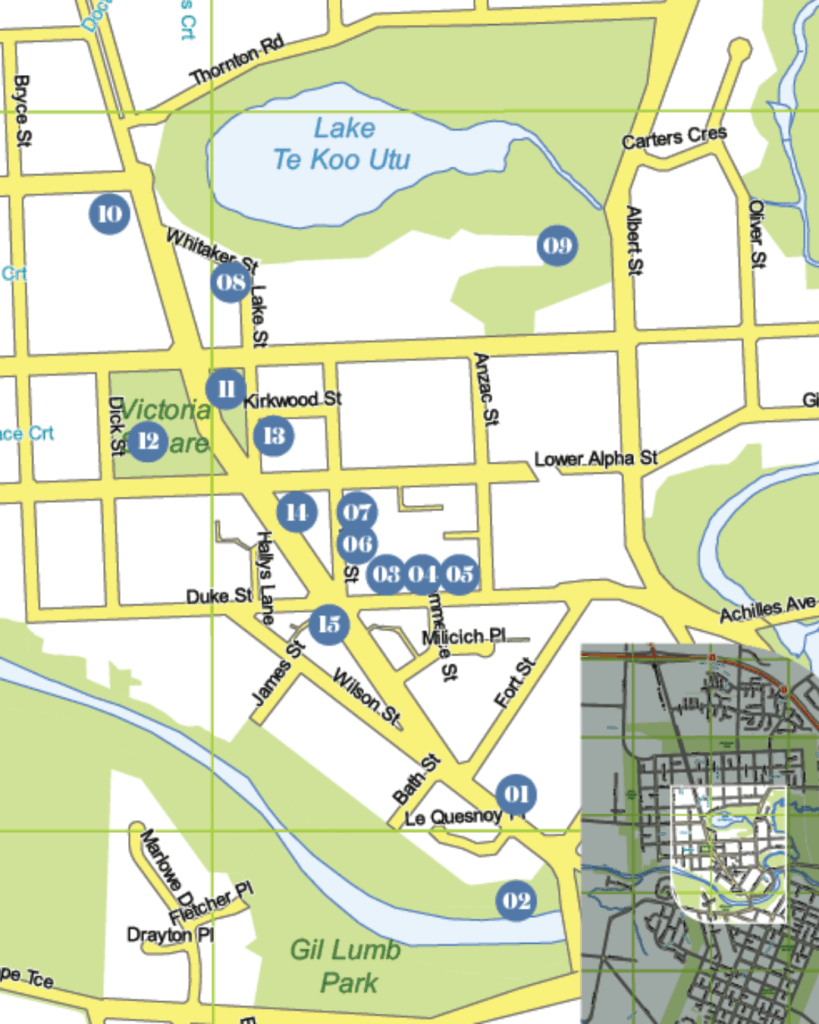
Cambridge Town History Trail
-
Kia ora. Welcome to the Cambridge Town History Trail.
Take a gentle stroll through the heart of Cambridge. Along the way, you’ll uncover stories of Māori voyagers, colonial soldiers, floods, fires, secret bunkers, and everyday life from days gone by. Every corner has a tale to tell. This trail includes 15 highlights which you can see on the map below.
Cambridge’s story begins with the Waikato River.
In the 14th century, Tainui Māori travelled up the river and settled along its banks. They built pā (fortified villages), grew crops, and formed strong communities. These settlements thrived, trading with nearby areas, Auckland and Australia. But by the 1860s, growing tension between Māori and the colonial government led to war. Land confiscations followed. After the upheaval of the New Zealand Wars, a new town was laid out on either side of the river. It was named after the Duke of Cambridge, Commander-in-Chief of the British Army.
1. The Courthouse and Museum
In 1867 colonial soldiers built a military redoubt near here, in a spot that gave them a clear view of the Waikato River and Maungatautari. Sessions of the Native Land Court were held in the barracks until the 1880s. These hearings led to the loss of more Māori land. The second Māori King, Tāwhiao, found comfort at Lake Te Kō Utu saying, “Ko Kemureti tōku oko horoi” meaning “Cambridge is my wash bowl.” The courthouse was built in 1909 and became a museum in 1984.
2. Victoria Bridge
A bridge was needed to link Cambridge with Cambridge West (now Leamington), but early timber bridges near Duke Street couldn’t withstand the force of the Waikato River. One was swept away by floods in 1875, and another was declared unsafe by 1900. In 1907, the steel Victoria Bridge was completed to much celebration. Its parts were made by the American Bridge Company of New York, shipped to Auckland as a kitset, and railed to Cambridge and Te Awamutu, then built to meet in the middle.
3. Central Court
The lively crossroads of Duke and Victoria Streets has always been a hub of activity. In 1927, the original Central (Criterion) Hotel built in 1866 burned down in a dramatic blaze. It was rebuilt the same year and in 1977 became the Central Court office and retail space.Across the street, the Veale family built a row of shops in 1928. Over the years, everything from furniture to fish has been sold here. Can you spot the “Veale” name above the veranda?
4.Legal Chambers
Built in 1898, this was possibly the first brick building in town. It housed the Legal Chambers of Frank (W. F.) Buckland who was mayor in 1898-1902 and 1905-1910. Buckland oversaw major developments including the Town Hall, Victoria Bridge, Gas Works, and Post Office. He was known for both his prize-winning flowers and sharp tongue. In 1905, the rear of the building was extended to house the Waikato Independent newspaper’s printing press.
5. The Clements Hotel
The first hotel on this site was the Masonic, built in 1866 by Archibald Clements. It was destroyed by fire in 1911. Firefighters were praised for their bravery: “Amid the heat and smoke, they seemed not to appreciate the great dangers they dared.” In 1912, a grand new hotel designed by John Currie rose in its place. In 2025, it was renamed The Clements Hotel in honour of its founder.
6.The Duke of Cambridge Lodge
This hall was built in 1908 for the Loyal Duke of Cambridge Lodge, a social and mutual aid society. Members paid into a Sickness and Funeral Fund to receive support during hard times. The Lodge was a popular community club, though women weren’t admitted until 1926. In 1929, Nellie Hall made history as the Lodge’s first female Noble Grand. The building was converted into a retail space in 1967.
7.The Power Building
1921 was a booming year for the Cambridge Electric Power Board. A substation was built here on Empire Street and another in Leamington. That same year the Leamington Town Hall had the first electric lighting in Waikato. Streetlamps soon followed. The 1940s marked the construction of Karāpiro lake and the hydroelectric power station a few kilometres from town.
8. Kissing Gates
These gates and “Cambridge” sign are all that remain of the Railway Station. They’re called “kissing gates” because they lightly “kiss” the fence as they swing. Rail came to Cambridge in 1884, transforming transport. Steam trains could travel over 50 km/h which is more than triple the speed of horse-drawn coaches. Farmers got cattle to market in hours, students travelled to Hamilton, and tourists flocked to Cambridge. Passenger services ended in 1946. Rail freight continued until 1999.
9. Secret bunker
Hidden beneath the hill near Lake Te Kō Utu is a WWII fuel bunker, built in 1942. It was part of a nationwide strategy to safeguard key resources in case of invasion. Fuel was vital for military operations and everyday life. This secret store was designed to service military aircraft at what is now Hamilton Airport.
10. St Andrew’s Anglican Church
The first church was built here in 1873. Just eight years later a larger church was needed. The original church was shifted behind it where it remains today. The day the new church opened was declared a public holiday. Made from kauri in the Gothic Revival style, it features beautiful stained glass windows and a 1890s organ. In its spire hang six cast steel bells. They were the first in the world to ring in the new millennium at midnight, 2000.
11. The Town Hall
Originally the site of Cambridge’s sales yards, this site was chosen for a new civic centre. Mayor Buckland championed the plan, but when architect A.B. Herrold’s design came in £194 over budget, Council initially rejected it. Buckland resigned in protest, then returned two days later with enough support to push the project through. The Town Hall opened in 1909 and remains the town’s cultural heart.
12. Victoria Square
Once called Government Acre, this site was transformed in 1897 to celebrate Queen Victoria’s Diamond Jubilee. Today, the Square hosts cricket matches, markets, and public gatherings.
13. The National Hotel and Sample Rooms
Rumour has it the Queen Mother stayed at the National Hotel around 1910. Following a devastating fire in 1912, the hotel was rebuilt, complete with Sample Rooms. This was where travelling salesmen could showcase their goods. This was a valued feature as commercial travellers were key patrons of the hotel. These Sample Rooms are believed to be one of the few remaining examples in New Zealand.
14. Victoria Street Facades
Look closely at the buildings along Victoria Street. Many date from the 1920s–30s and still feature ornate plasterwork, leadlight windows, and historic details. Can you find the “Easter’s” mosaic in one doorway? Or the pharmacy symbol on the front of Leigh’s Building? The median strip was added in 1984 to protect new streetlamps. It made the wide street easier to cross but not everyone was happy about it at the time.
15. Cambridge Post Office
Built in 1908 and extended in 1936, this building served as Cambridge’s communication hub handling letters, banking, telegraphs and phone calls. Look up! The iron grills above the doors commemorate King Edward VII and Edward VIII. This is believed to be the only building in New Zealand honouring two monarchs side by side—especially notable since Edward VIII abdicated shortly after.
Ready for a challenge?
There are lots of fun things to spot as you walk around town.
Can you find the bronze horse outside the Town Hall? What is its name? Look up high – how many names can you see near the rooftops along Victoria and Duke Streets?
Find the old red post box near the Church. Spot the clock tower. What time does it show? Look for a path with stars in the pavement and horses made in mosaics.
You might even see a monument with a giant silver fern nearby. What is its connection with France?
How many of these can you find?

